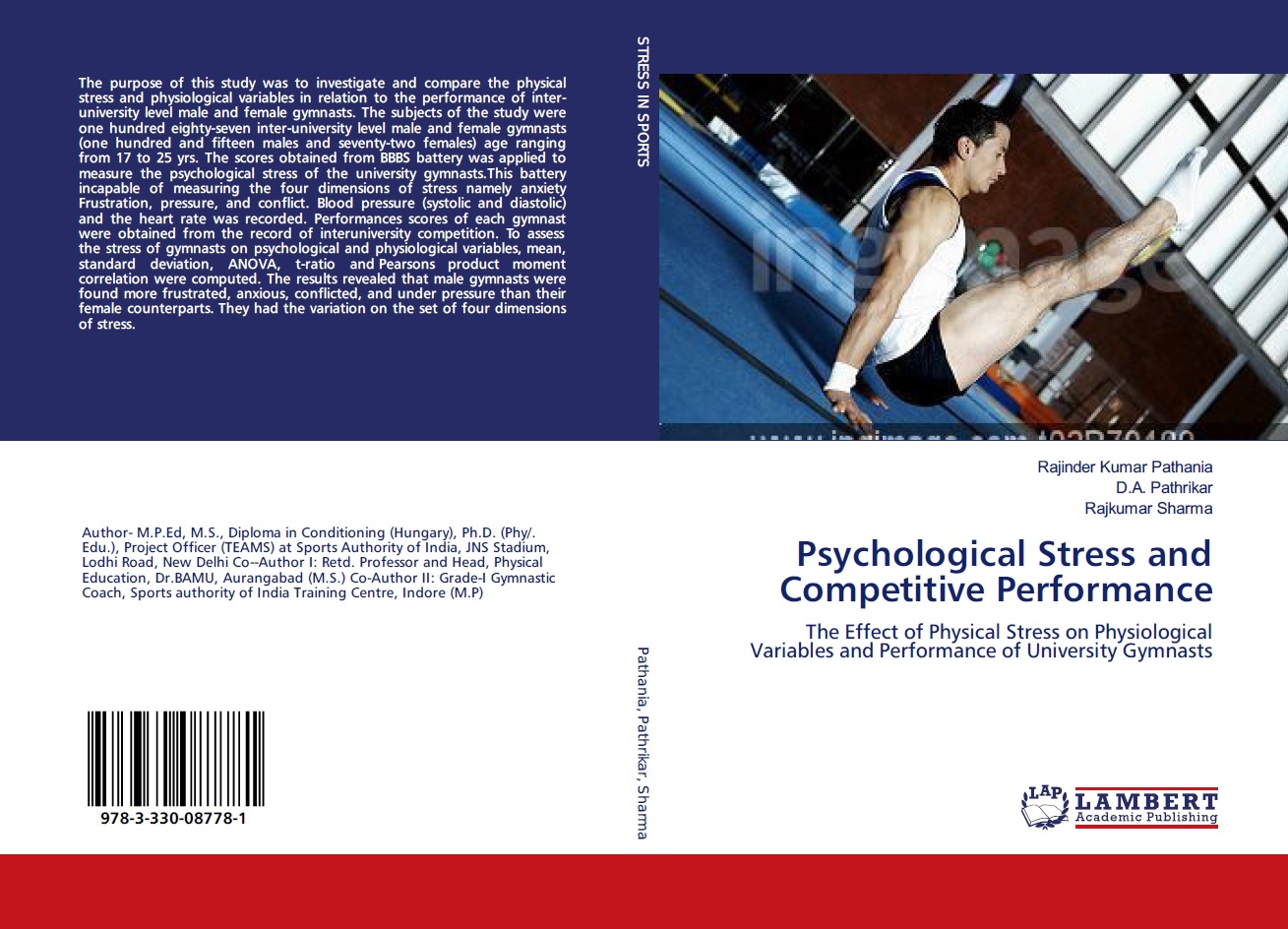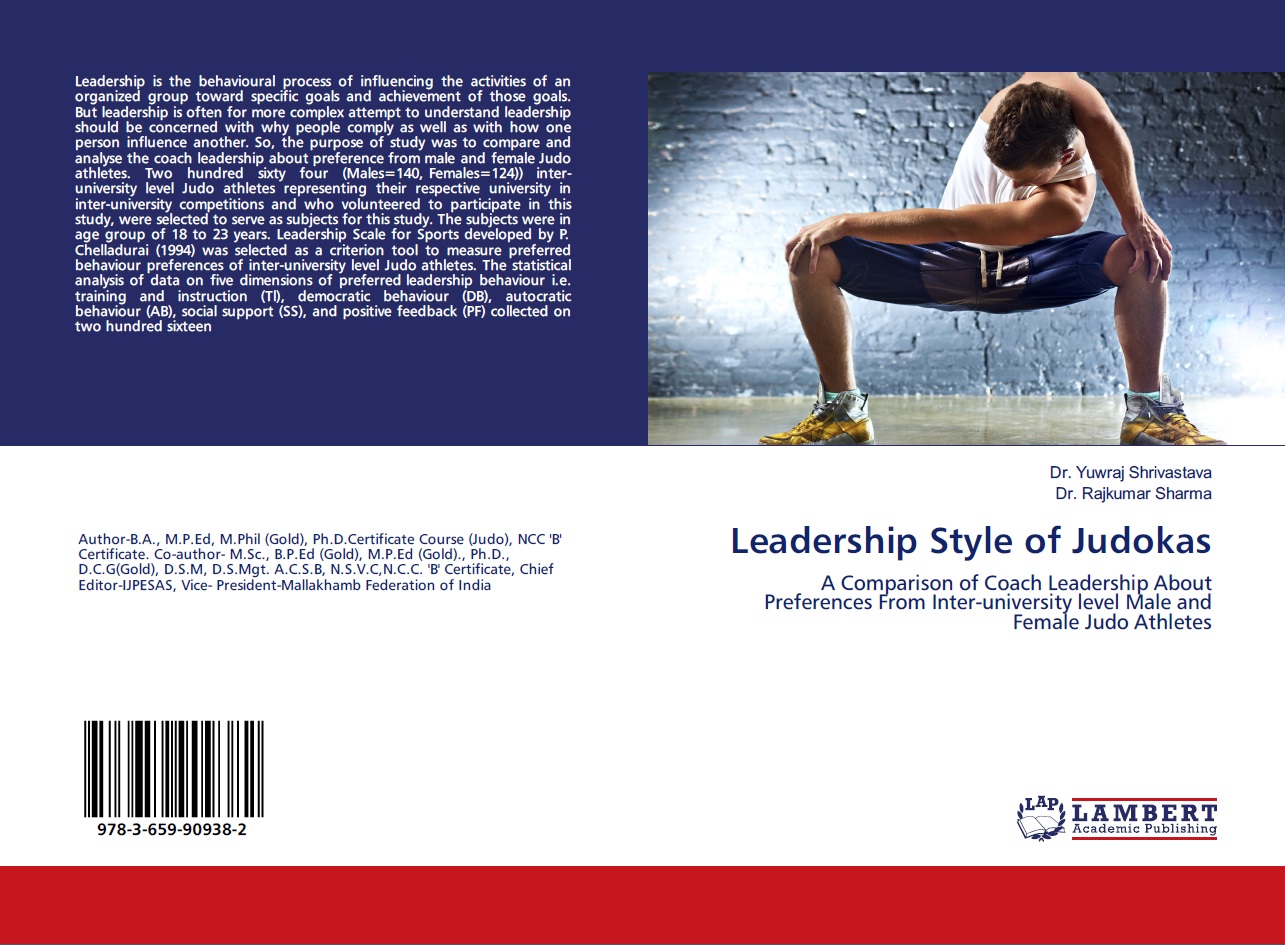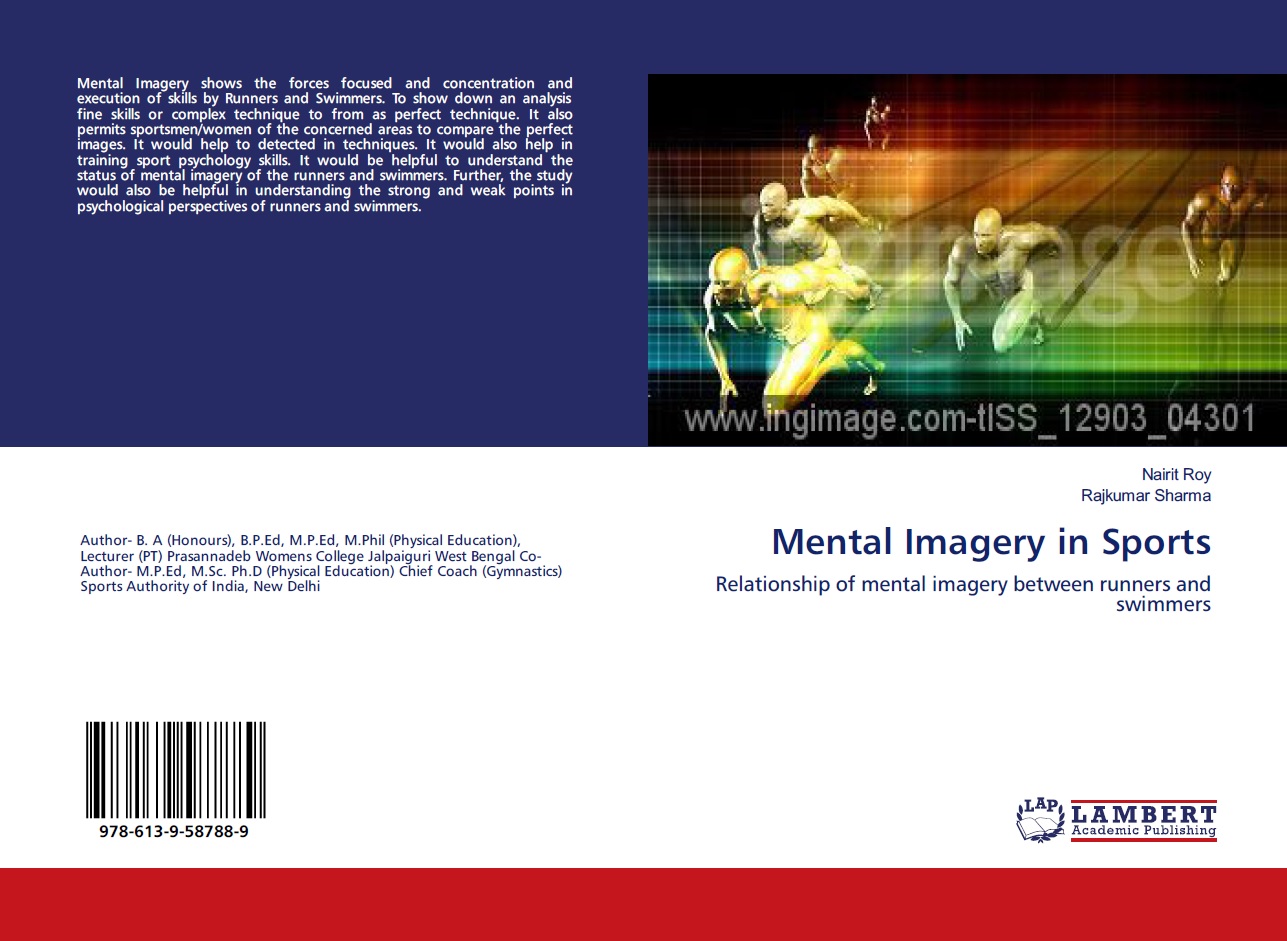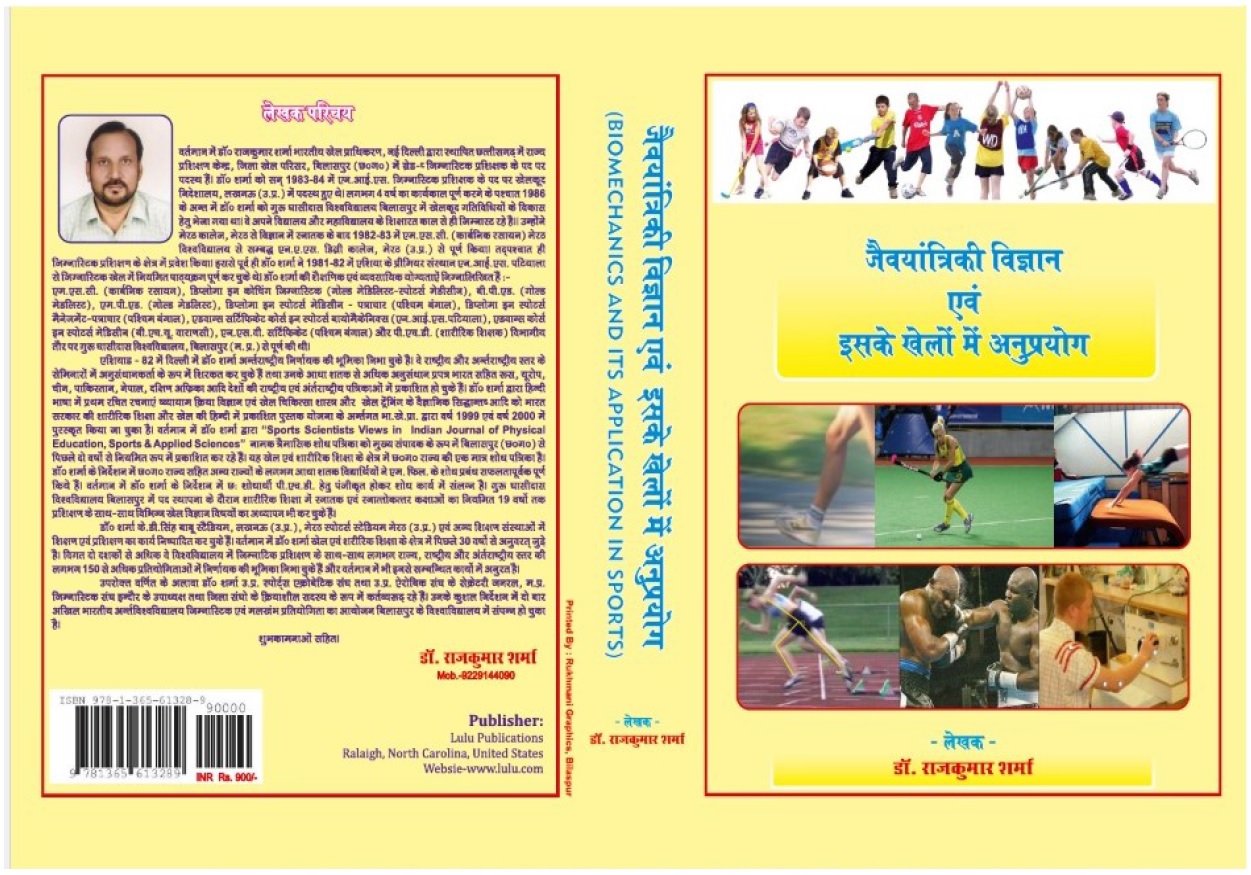| S.No. | Total View Count | Title of Manuscript | Page No | Download/ PDF |
|---|---|---|---|---|
| 1 | REVIEW OF LITERATURE ON RECENT TRENDS OF REHABILITATION IN URINARY STRESS INCONTINENCE IN WOMEN Author: Ambuja Bhardwaj¹ and Priyanjali Gautam ² | 30-41 |  7 7 |
Article info
doi no.: 05-2016-44975451, DOI Link :: https://doi-ds.org/doilink/08.2022-81939989/IJPESAS/05.2016-44975451/V12/I2/A7
AFFILIATIONS:
1 Assistant Professor, Department of Physiotherapy, School of Physiotherapy. RIMT University,
2 Student, Department of Physiotherapy, School of Physiotherapy RIMT University
An involuntary leak of urine with abrupt increases in intra-abdominal pressure, such as when coughing, laughing, sneezing, or exercise, is known as stress urinary incontinence (SUI). SUI frequently results from weak pelvic floor muscles and inadequate mechanical support of the vesicourethral sphincteric unit. The leaking occurs without detrusor contraction, which is significant for this form of UI. The most prevalent kind of incontinence in women is SUI. Due to the risk of urine leakage, women with UI avoid sexual activity. Numerous patients limit their everyday and social activities as well as their hydration consumption. This disorder's multifaceted, complicated etiopathogenesis may be brought on by diseases and organ and system-specific dysfunctions. UI is a sign or side effect of a lot of things severe, frequently recurring feminine diseases. A number of significant risk variables have been discovered, including increasing age and BMI. Stress urine incontinence affects a woman's living circumstances in terms of her professional, interpersonal, mental, physical, and sexual elements of her life. symptoms appear during a significant exertion, which raises intra-abdominal pressure. The physical examination, urine analysis, and questionnaires are all part of the health assessment. These are done to assess the disease. The patient history includes urinary symptoms, frequency, urgency, hematuria, recurrent urinary tract infections, and nocturia. Pharmacological, surgical, or rehabilitative treatments are available. According to the most current data, physiotherapy can be effective in treating stage I SUI in up to 80% of patients and stage II SUI in 50% of patients.
Keywords:Physiotherapy, Patients. Rehabilitation, Stress ,Women.
References
Abrams P, Cardozo L, Fall M, et al. (2003); The standardization of terminology in lower urinary tract function: report from the standardization sub-committee of the International Continence Society. Urology. 61 37–49. [PubMed] [Google Scholar]
Anger JT, Scott VC, Kiyosaki K, Khan AA, Weinberg A, Connor SE, et al.(2013) ; Development of quality indicators for women with urinary incontinence. Neurourol Urodynam 32 1058-63
Bertotto A, Schvartzman R, Uchôa S, Wender MCO. (2017); Effect of electromyo- graphic biofeedback as an add-on to pelvic floor muscle exercises on neuromuscular outcomes and quality of life in postmenopausal women with stress urinary incontinence: A randomized controlled trial. Neurourol Urodyn ; 36: 2142-2147.
C. Reena a, A.N. Kekre a, N. Kekre b (2007) ;Occult stress incontinence in women with pelvic organ prolapse International Journal of Gynecology and Obstetrics 97 31–34 [science direct]
Eapen RS, Radomski SB.(2016) ;Review of the epidemiology of overactive bladder. Res Rep Urol. 8 71–76.
Fritel X., Fauconnier A., Bader G., Cosson M., Debodinance P., Deffieux X., Denys P., Dompeyre P., Faltin D., Fatton B., Haab F., Hermieux J-F., Kerdraon J., Mares P., Mellier G., Michel-Laaengh N., Nadeau C., Gilberte R., Tayrac R., and Jacquetin B .(2010) ;Diagnosis and management of adult female stress urinary incontinence. Guidelines for clinical practice from the French College of Gynaecologists and Obstetricians. European Journal of Obstetrics & Gynecology and Reproductive Biology, Elsevier, , 151 (1),pp.14-9. 10.1016/j.ejogrb.2010.02.041 inserm-00486407 .
Ghaderi F., Oskouei OA., (2014) ;Physiotherapy for women with stress urinary incontinence. Journal of physical therapy science 26(9) 1493-1499.
Kenton K, Stoddard AM, Zyczynski H et al (2015): 5-year longitudinal followup after retropubic and transobturator mid urethral slings. J Urol 193: 203
Leijonhufvud A., Lundholm C., Cnattingius S., Granath F., Andolf E., Altman D., (2011) ;Risks of stress urinary incontinence and pelvic organ prolapse surgery in relation to mode of childbirth. American Journal of obstetrics and gynaecology 204(1) 70-77
Lukacz, E.S.; Santiago-Lastra, Y.; Albo, M.E. (2017); Brubaker, L. Urinary Incontinence in Women: A Review. JAMA , 318, 1592–1604.
Nystrum E., Sjostrom M., Stenlund H., Samuelsson E. (2015) ; ICIQ symptom and quality of life instruments measure clinically relevantimprovements in women with stress urinary incontinence. Neurourology and Urodynamics 34(8) 747–751.
Neumann P.B., Grimmer K.A., Grant R.E., and Virginia A. Gill V.A.,(2005) ;Physiotherapy for female stress urinary incontinence: a multicentre observational study Australian and New Zealand Journal of Obstetrics and Gynaecology 45 226–232
Magon N., Kalra B., Malik S., and Chauhan M., (2011) ;Stress urinary incontinence: What, when, why, and then what J Midlife Health. ; 2(2): 57–64.
Ptak M., Brodowska A. , Ciecwiez S. , Ritter I.(2017) ; Quality of life in women with Stage 1 stress Urinary Icontinence after Application of Conservative Treatment. Int. J. Environ. Res. Public Health 14(577) 01-10.
Palmer CJ, Choi JM. (2017) ;Pathophysiology of overactive bladder: current understanding. Curr Bladder Dysfunct Rep. 12 74–79.
Rahkola-Soisalo, P., Savolainen-Peltonen, H., Gissler, M., Hoti F., Vattulainen P., Ylikorkala O., Mikkola TS. (2019) ;Increased risk for stress urinary incontinence in women with postmenopausal hormone therapy. Int Urogynecol J 30, 251–256
Rortveit G, Daltveit AK, Hannestad YS, et al. (2003) ;Norwegian EPINCONT Study.Urinary incontinence after vaginal delivery or cesarean section. New England Journal of Medicine. 348 900–907. [PubMed: 12621134]
Smith MD., Coppieters MW., Hodges P., (2008) ; Is balance different in women with and without stress urinary incontinence? Neurourology and Urodynamics 27(1) 71-7
Schmid A. F, Williams J.K ,Kessler M.T, Stenzl A , Aicher K.W , Andersson KE and Eberli D (2021);Treatment of Stress Urinary Incontinence with Muscle Stem Cells and Stem Cell Components: Chances, Challenges and Future Prospects Int. J. Mol. Sci. 22(3981). https://doi.org/ 10.3390/ijms22083981
Scarneciu I., Lupu S., Bratu OG., AND Teodorescu A, Maxim LS., Brinza A., Lacliceanu AG, Rotaru RM., Lupu AM., and Scarneciu C C. (2021) ;Overactive bladder: A review and update EXPERIMENTAL AND THERAPEUTIC MEDICINE 22 (1444), 01- 08
Toplu G, Serin M, Unveren T, et al. (2021) ;Patient reported vaginal laxity, sexual function and stress incontinence improvement following vaginal rejuvenation with fractional carbon dioxide laser. J Plast Surg Hand Surg 55 25– 31.
Vitale, S.G., La Rosa V.L., Rapisarda A.M.C., Laganà A.S.(2017) ;Sexual life in women with stress urinary incontinence. Oman Med. J. 32, 174–175.
Witkos? J. and Hartman?Petrycka M.(2020) ;Do future healthcare professionals have adequate knowledge about risk factors for stress urinary.
 admin@sportscientistsviews.com
admin@sportscientistsviews.com





